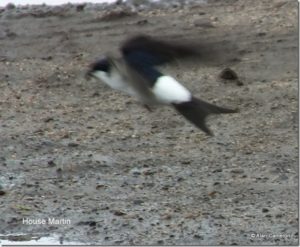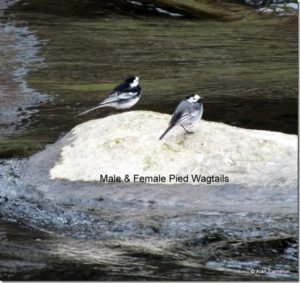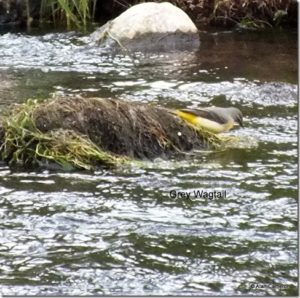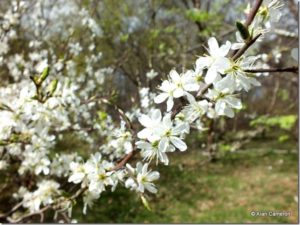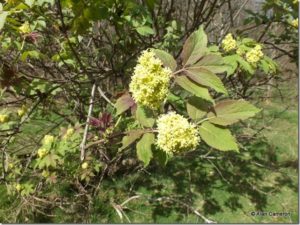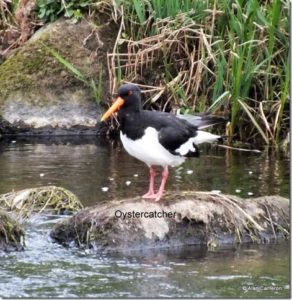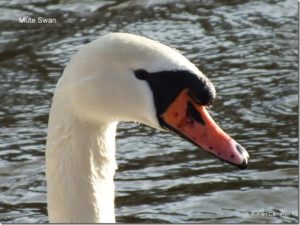By: A.C.
Spring has arrived. How do I know that? Well, on taking my constitutional walk at the River Don, I was watching House Martins feeding on insects beside early blossoming trees. Taking photographs of House Martins is not easy as they fly so fast. Some of you might ask then: how do you know at that speed if they are not swallows or swifts?
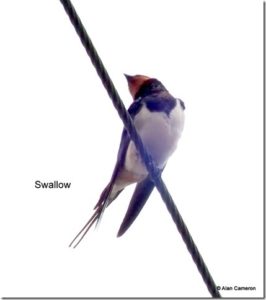
There is a very easy rule of thumb I use to distinguish between these fast flying and acrobatic birds. If the birds fly low enough that you can see on top of them, or if you are standing on a bridge, then look for the white ‘saddle’ on the otherwise dark coloured back, just above the wide notched tail. That is a House Martin.
Sand Martins which can be seen at the Beach are similar but have no white saddle, but do have a big dark band on the chest. Swallows like Martins will rest on telephone wires, and have a glossy blue-back, red throat, long thin tail streamers and pale underparts. Swifts just appear very dark with no obvious markings, have swept back wings and they do not perch.
Everywhere you look, birds are beginning to pair up for the coming breeding season.
The Grey Wagtail is recognisable by its yellow rump. These wee birds are constantly on the move bobbing up and down, their tails constantly moving, as they rest on rocks and suddenly leaping up in an impressive acrobatic piece of flying as they twist and turn to snatch insects from the air. Pied Wagtails though, seem to feed frequently at our supermarket car parks, and petrol stations. This is because insects get attracted by the lights, and they take advantage
The early shrubs and trees are flowering, and attracting the insects and even early hatches of butterflies.
The plaintive cry of the Oystercatcher is common enough in Aberdeen, and it can be seen in parks, and golf courses.
The Mute Swans and farm geese have built nests and the female of both species are sitting on eggs. It is best not to get close to these big birds during the breeding season.
Many people like to feed Ducks, Geese and Swans with bread when they go the local pond or river. Please do not do this as it causes a very painful genetic arthritic condition called Angel Wing. If you want to feed ducks, swans or geese, use chopped up left over lettuce or vegetables. Or you could buy cheap feed at pet stores.
Most of these pictures are opportunist snaps and are clearly not professional quality. Many of the birds are very small, and hard to capture at any distance as they move, bob and fly off unexpectedly.
I hope you enjoy looking at them, just as I do when I go for a walk on the riverbank or elsewhere.

